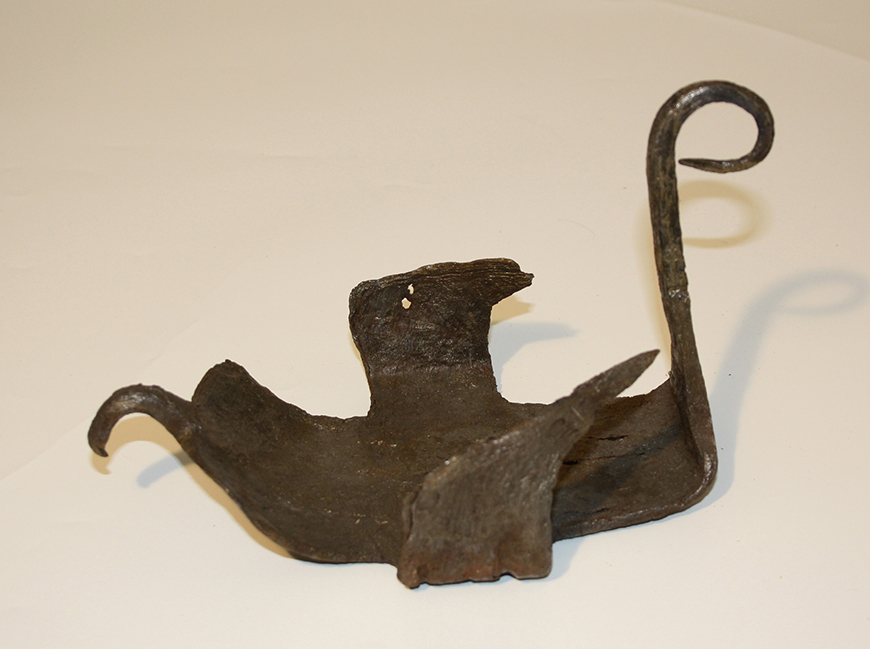Blog
Jennifer Adam, Curator
The glass and steel towers of the City of London may represent the most modern of architecture, but this area is also home to the most ancient remains in London. The Romans began to settle here around 47 CE, when a trading port grew around the first London Bridge. The new bridge joined roads north and south of London with shipping links to the Roman provinces of mainland Europe. By the end of the first century, about fifty thousand people lived in London.
The traces of their lives, and those who have lived here in almost two thousand years since, can still be found beneath our modern streets. Today’s street level is around seven metres higher than in Roman times – the result of buildings upon buildings, roads upon roads. Layered within that is an incredible range of lost, discarded and occasionally carefully buried archaeological treasure.
When the Bank of England was rebuilt in the 1920s, builders dug 15 metres down to build the gold vaults and foundations for the new building. This revealed a wealth of archaeological finds. Pottery from every era of London’s history was discovered, from Roman cooking pots and mortaria used to prepare food, to medieval water jugs and beer bottles from the 1700s. There were also things you might have expected to rot away over time, such as organic materials like wooden writing tablets and leather shoes. These had been protected over the centuries by the London’s wet, clay soil, which protects artefacts from oxygen in the air that would otherwise cause them to rot and decay.






